How to eat more veg and fruit (without spending loads of money)
When you're aiming to get your five-a-day, every day, fruit and veg can be a little pricey. Make the most of fruit and veg with these money-saving tips...
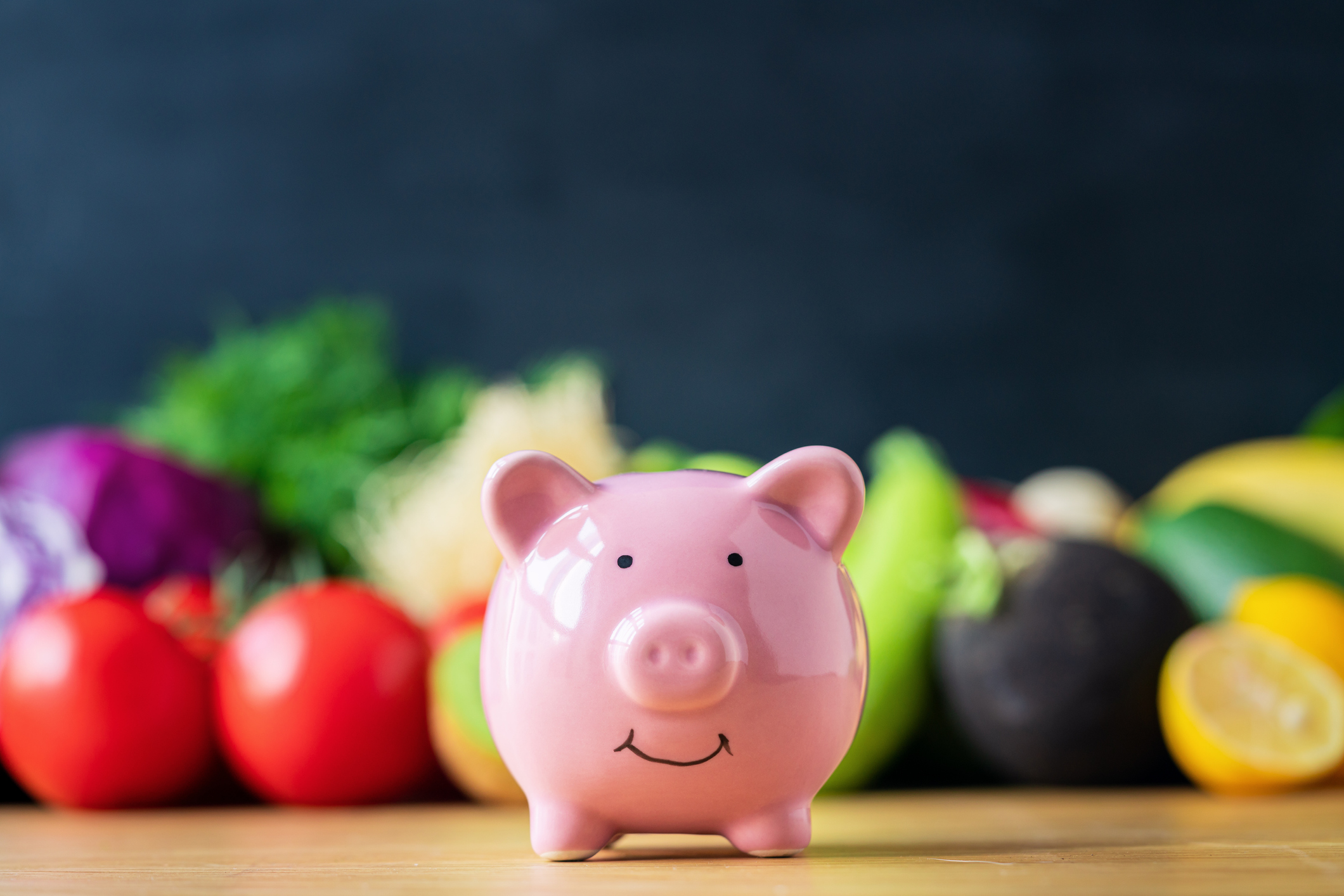

Fruit and veg are vital to a healthy lifestyle, providing us with essential vitamins and minerals to keep our bodies and minds in tip-top condition. But this can sometimes cost more than we hoped, especially with the price of food ever-rising thanks to the cost of living crisis.
“Having begun my clean eating journey while at university, it simply wasn’t an option for me to spend a large amount of money on my food shop. If planned and prepped right, eating healthily doesn’t have to be expensive,” says health and fitness influencer and Clean Eating Alice writer, Alice Liveing.
“I absolutely love fruit, and although it can be extortionately expensive, I do always allocate some money to buying a combination of fresh and frozen fruit that I eat throughout the week. Fruit is a brilliant source of vitamins, minerals, and fiber and I usually eat mine with oats, or as snacks throughout the day. I also always buy some form of brassica vegetable, like broccoli or cauliflower, in my weekly shop, to ensure I’m getting a decent dose of vitamin C, while also being a brilliant source of soluble fiber.”
According to the NHS, we should have at least five portions of fruit and veg a day to lower the risk of serious health issues like heart disease, stroke, and certain cancers – indeed the Health Survey of England, conducted by researchers from UCL on over 65,000 people, went the extra mile and said we should be eating at least seven portions daily. But how are we supposed to afford to buy it all?
The good news is that we have all the tips and tricks on how to squeeze the optimum amount of fruit and vegetables into your diet on a less-than-optimum budget and save money on food.
How to eat more fruit and veg on a budget
1. Avoid multipacks
Supermarket folk handily bag fruits and vegetables together, but it sure isn’t to save you money – all that convenience drives the cost up (and adds to plastic waste, let’s not forget).
For example, a whole iceberg lettuce at Tesco is 53p, while a 220g bag of it is 79p. Loose brown onions, meanwhile, are 85p a kilo, while a netted bag of 3 are £2.34 a kilo – quite the substantial hike.
GoodtoKnow Newsletter
Parenting advice, hot topics, best buys and family finance tips delivered straight to your inbox.
Pre-cut fruit is probably the biggest culprit of all. A 300g pack of mango from M&S is £3.20, while two whole mangos are just £2.15. In Sainsbury’s, a small 160g pack of chopped melon is £1.15, yet you can pick up a whole honeydew melon for £1.39.
So, picking up loose items and popping them straight in the trolley will help save both the pounds and the planet.
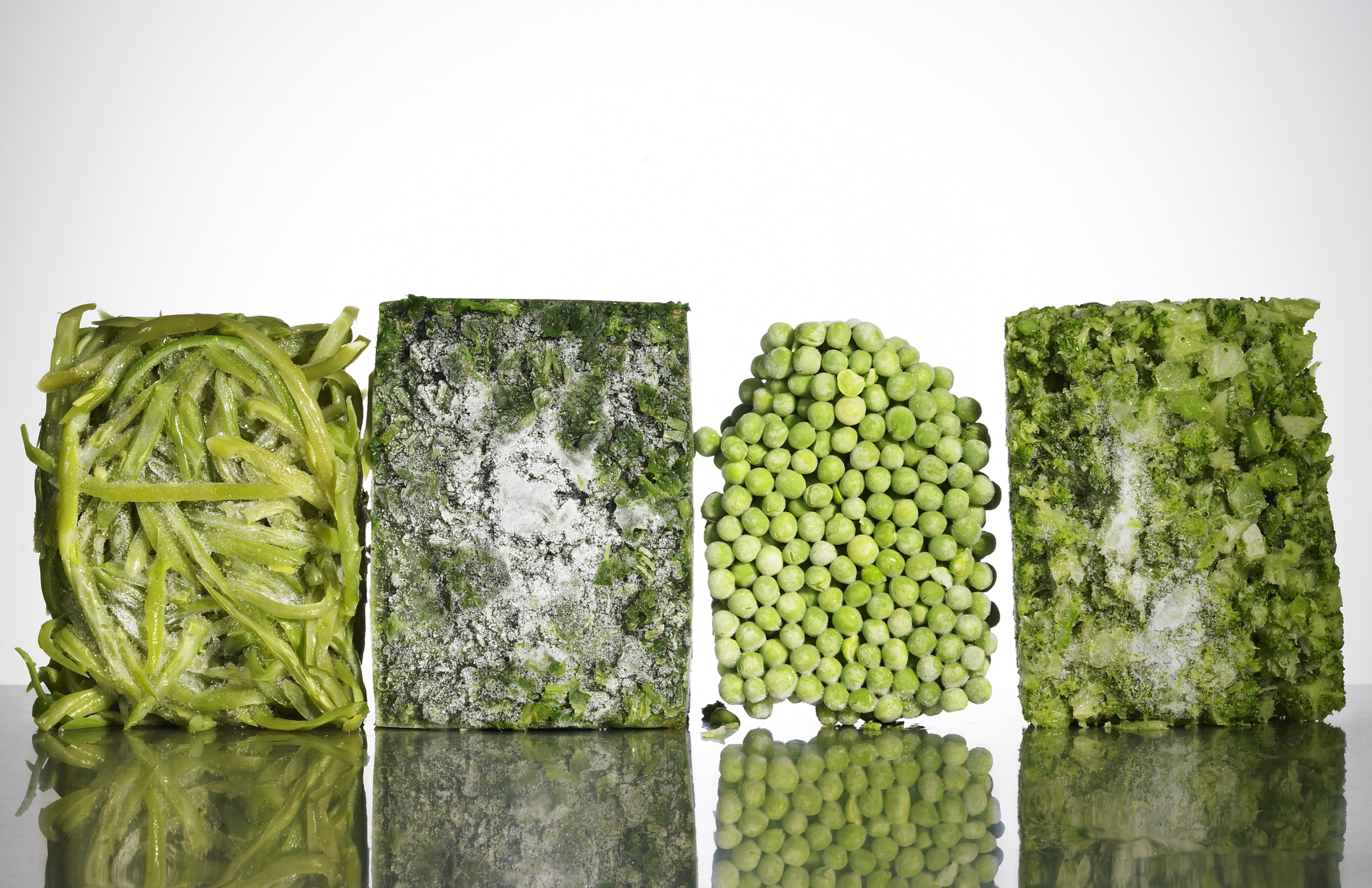
Frozen veg is cheaper, nutrient packed and avoids food waste
2. Don't forget the frozen
We’re well trained to believe that fresh is best, yet frozen fruits and veg are frozen at source and thus retain all the nutrients that you'd find in fresh fruits and vegetables. As with most frozen foods, the price is much lower and they will last you much longer and help to reduce food waste. Peas and sweetcorn are the most popular frozen vegetables and can be used to bulk out pasta dishes, casseroles, and pies and add a colourful burst of flavour.
“Another bonus is the vegetables will be ready chopped so you are more likely to use them as meals that can be made in minutes. You can also use the correct quantity, for example defrosting a handful of sweetcorn to add to tuna mayo,” says food blogger Caroline Hartley from The Happy Food Kitchen.
Alice Liveing is a big fan of frozen spinach and kale. “Frozen is slightly cheaper and I always like to have a packet of leafy greens to hand. They’re packed full of phytochemicals which are proven to have anti-inflammatory properties, and are rich in vitamins and minerals such as calcium and iron, making them the perfect addition to any breakfast, lunch, smoothie, or salad.”
“Frozen is particularly good for pricier fruits like berries."
Alice Liveing 'Clean Eating Alice'
You can also buy your fruit for the freezer, too, and don’t forget you can freeze the fresh stuff to make it last longer. Try freezing blueberries and grapes – defrost them for snacking and kids' lunchboxes, and use them in place of ice cubes in drinks – including chilling that summer vino.
“Berries for breakfast toppings can be defrosted overnight (or in the microwave quickly if you forget!) or used from frozen for smoothies,” says Caroline.
3. Replace meat with vegetables
Meat is much more expensive than vegetables, yet many of us still include it in pretty much every meal by force of habit. Replacing meat with hearty, filling vegetables will up your veg intake while also bringing down the cost of your meals.
“It can be so easy to get stuck in the habit of making the same meals so designate a couple of days a week to eating plant-based. Whether it’s a variation on a meal you make already – for example, making a veggie chilli instead of a meat one – or trying something new, this is a brilliant way of trying new dishes and flavours,” says Caroline.
Butternut squash, sweet potato, aubergines, courgettes, and mushrooms are filling enough on their own when they're the star of the meal. “Veg like sweet potato is a perfect staple to build any meal around. They’re usually loved by all, so are perfect for fussy eaters, and are a great source of complex carbohydrates to fuel the body too,” suggests Alice.
If you or your family members are die-hard carnivores, start by replacing meat in filling dishes such as pasta and risotto – try a squash and spinach lasagne or wild mushroom risotto, perhaps – before upgrading to full vegetarian staples like stuffed butternut squash.
Or just add more veg and less meat, if you can’t cope to go without altogether. “Add veg to meat dishes and you will make the most expensive element of the dish go further. For stews, add more root veg and for mince dishes, add grated carrots and courgettes if your kids aren’t veg fans. Finely chopping vegetables like mushrooms, peppers, and even squash will add more flavour as well as boost the overall nutritional content of the dish. Also, consider adding beans and lentils instead of some of the meat,” says Caroline.
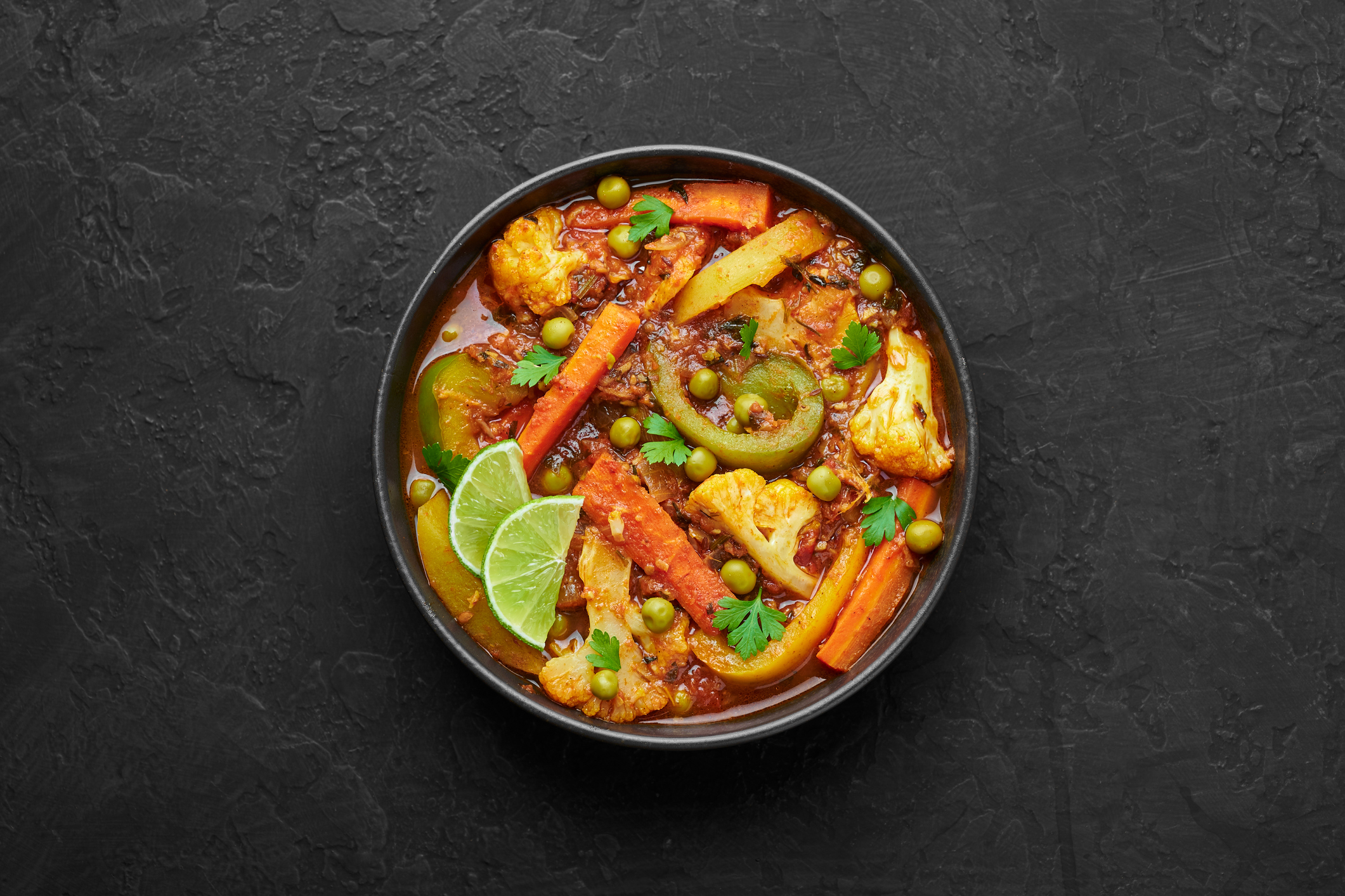
Up your veggie intake by getting creative
4. Know what to do with them
It sounds obvious, but if you know lots of different ways to use your fruits and vegetables you'll be much more inclined to use them more. If your idea of veggies is a side of over-boiled broccoli, it can be hard to eat more than 1 or 2 portions but if you cook them into a curry, pasta dish, or frittata you can up your intake.
So, if you love knocking together a good Friday night Indian feast, why not make a budget-friendly cauliflower curry or try a vegetable curry with tofu? Try a primavera pasta stacked with leeks, peas, and asparagus, or go for a goat's cheese and courgette frittata.
You can also be inventive with twists on traditional recipes – heck, you can even squeeze veggies in for breakfast with dishes like butternut squash pancakes or sweet potato waffles.
“If you have a little sweet potato mash, some on-the-turn spinach, or leftover roasted squash, add them to your pancakes or waffles for a tasty treat."
Food blogger Caroline Hartley
Caroline, who has lots of ideas on her Instagram, adds; “Next time you see those black bananas in the supermarket at a knockdown price, snap them up. Simply peel and freeze them on a tray so you can pull them out later and turn them into ‘nice cream’. Blend with a splash of maple syrup and a flavour of your choice, like frozen strawberry, some cocoa, or peanut butter. Frozen bananas are also brilliant for adding to your smoothies with other frozen fruit and some spinach."
5. Shop by season
When fruits and vegetables are in season, they'll be at a significantly lower price than when they're out of season. When a fresh product is plentiful, it drives the prices down.
Food is also cheaper in the season because it will have been grown in cheaper conditions – essentially, as nature intended it to grow. Currently, for example, a bunch of asparagus (not the cheapest of veggies, generally) is £1.49 at Waitrose because it is in season in Britain.
Seasons vary slightly every year due to the weather but take a look at our seasonal fruit and veg calendar for a rough guide – be sure to note down the prices of the items you normally buy so you can spot when they're cheaper.
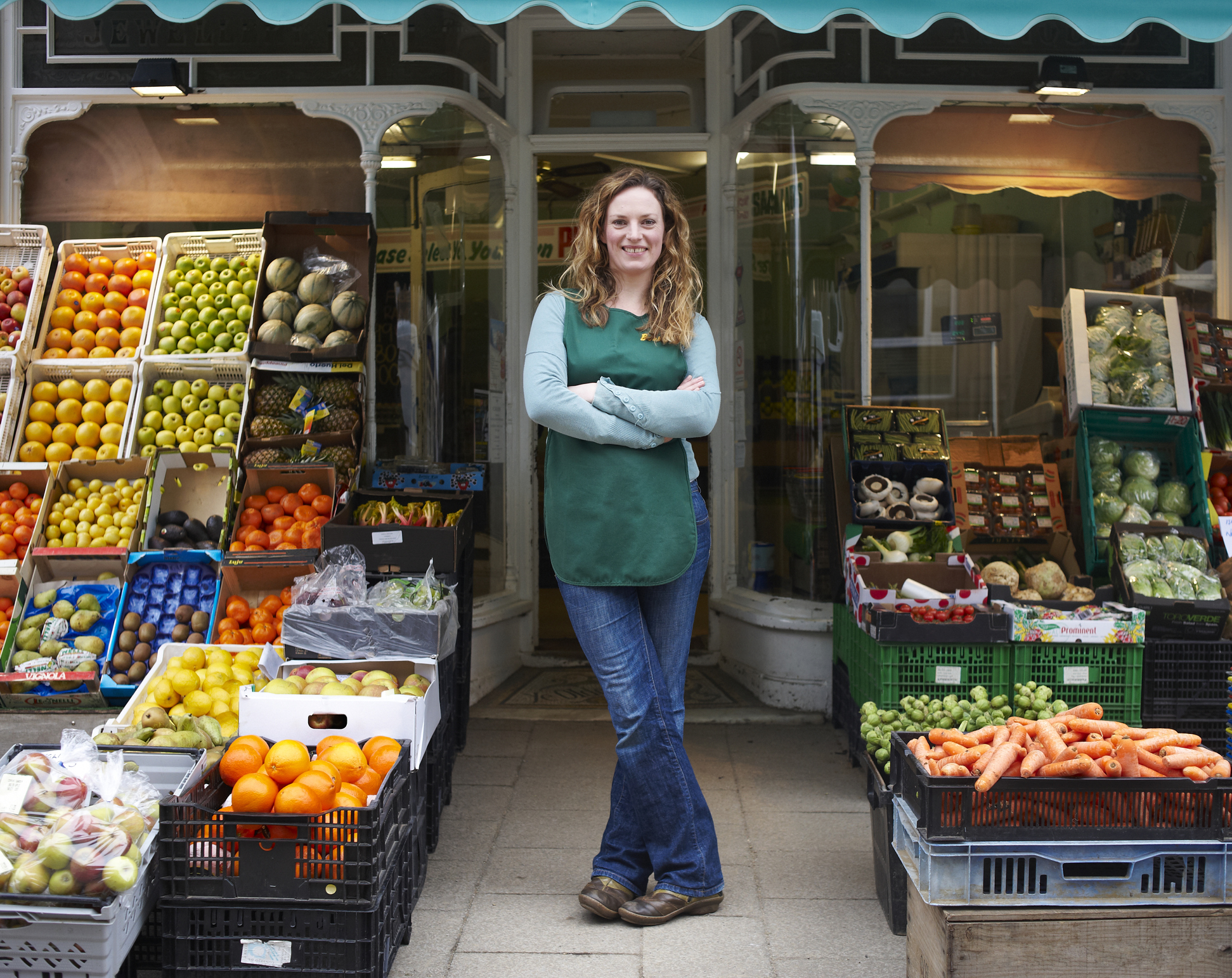
Shopping local can help save you money – and the planet
6. Check out your local markets
Many local markets sell their fruit and veg by the bowl and you can often get a much higher quantity of ingredients for much less than they're charging in the supermarkets – our local market was selling a large bowl of cherry tomatoes for £1 when we looked – a quantity that would be three times the price in most supermarkets.
It’s also a good way to save on plastic, as the bowl can be emptied into a paper bag or straight into your shopping bag, without the need for any planet-destroying wrapping anywhere, at any point.
7. Plan your food
When you’re on a budget, it’s all in the planning. If you write out exactly what you're making for the week and stick to a shopping list, you will notice your bill reduce dramatically – and there will be much less waste when everything you buy has a specific use.
Planning your meals means you can keep track of how many fruits and vegetables you’re having per day. A top tip is to have separate highlighters for fruit and veg and mark out any meals that have a portion in so that you can see clearly how much is in your weekly meal and add more if needed.
Prepping is key, too. “If you’re a big snacker, then make fruit and veg more appealing for a grab and go by prepping them at the start of the week so they are ready in the fridge to pick at. Chop fruit and wash and prepare raw vegetables so all you need to do is start eating. Add some bean-based dips or guacamole to your fridge too to make them even more appealing. Switching a bag of crisps for a handful of veg is more interesting – or swap your salt and vinegar for a plate of pickles if you are craving the zing,” says Caroline.
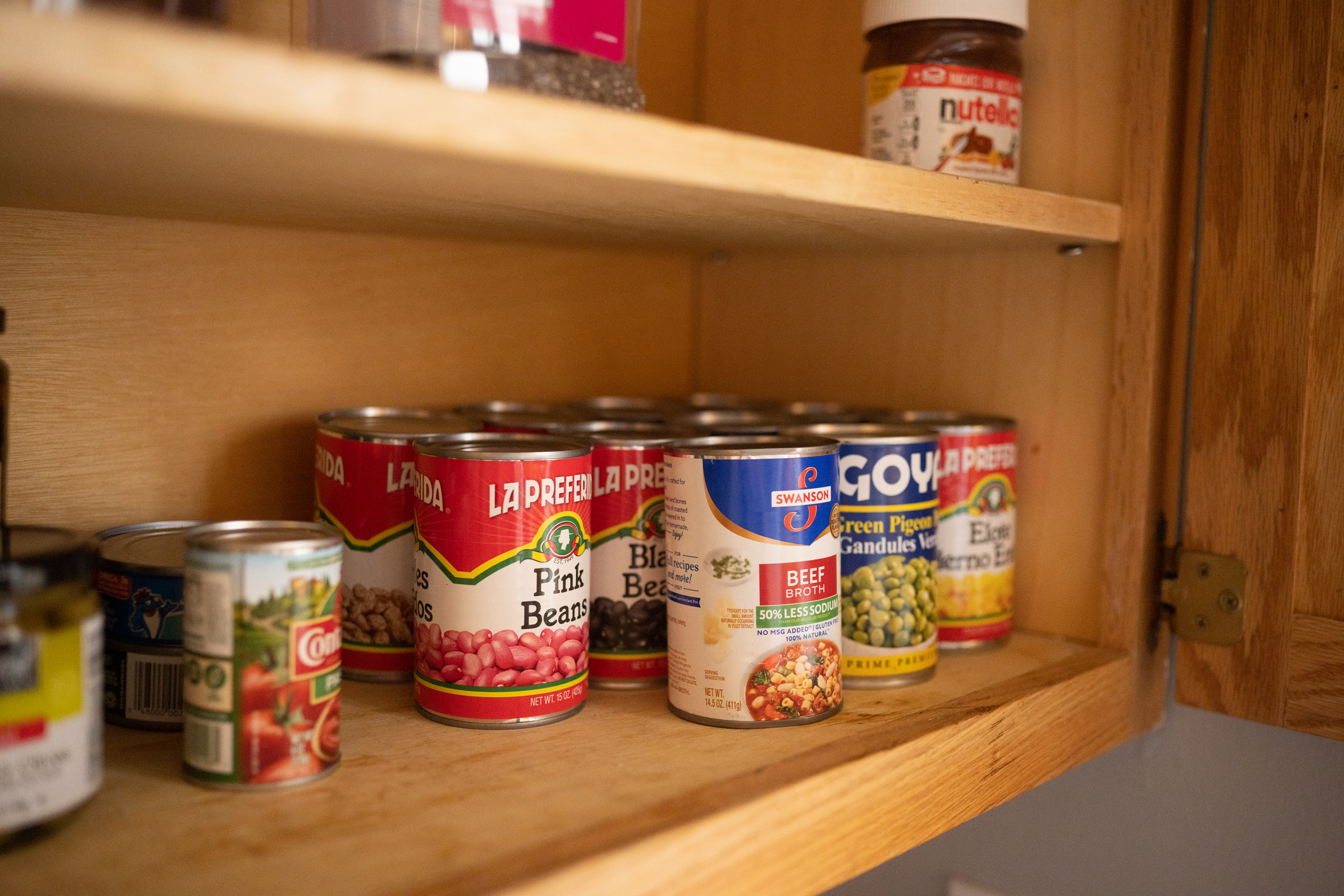
Using cheap tins of veg, beans and fruit can contribute to your 5 a day
8. Find cheap sources of fruit and veg
Cheap tins of soups, baked beans, canned fruits, and even tinned spaghetti hoops count towards your intake of fruit and vegetables. We don’t recommend getting all your portions this way, we hasten to add, and you should still have the fresh stuff but tinned varieties can be added to meals in inventive ways.
Soups, for example, can be used as pasta sauces, in casseroles and pies, as well as for lunch – you can always add chopped veg to your ready-made soup to up the count.
Be on high sugar alert though; prepared food, like tinned fruits, can often come with more sugar or fats so always check the label and avoid those swimming in syrup.
9. Don't forget the pulses
They're not obviously a fruit or a vegetable but did you know that pulses do count towards your intake of fruit and vegetables? High in fibre, they include much of the same nutrients found in fruit and veg but on a lower scale – so, take heed, only one serving of pulses counts towards your 5 a day.
Chickpeas, beans, and lentils are all very cheap to buy in bulk and can be added to salads, soups, and curry to make them more nutritious – and more filling. Try making chickpea burgers, spiced lentil and kale soup, or a mixed bean salad.
You can even use them in sandwiches. “A layer of hummus instead of butter is also a brilliant way to add more plants while adding flavour and being more nutritious,” says Caroline. “Also add salad though – pick spinach for more iron, choose gherkins over cucumber for tang, add homemade slaw for lots of crunch.”
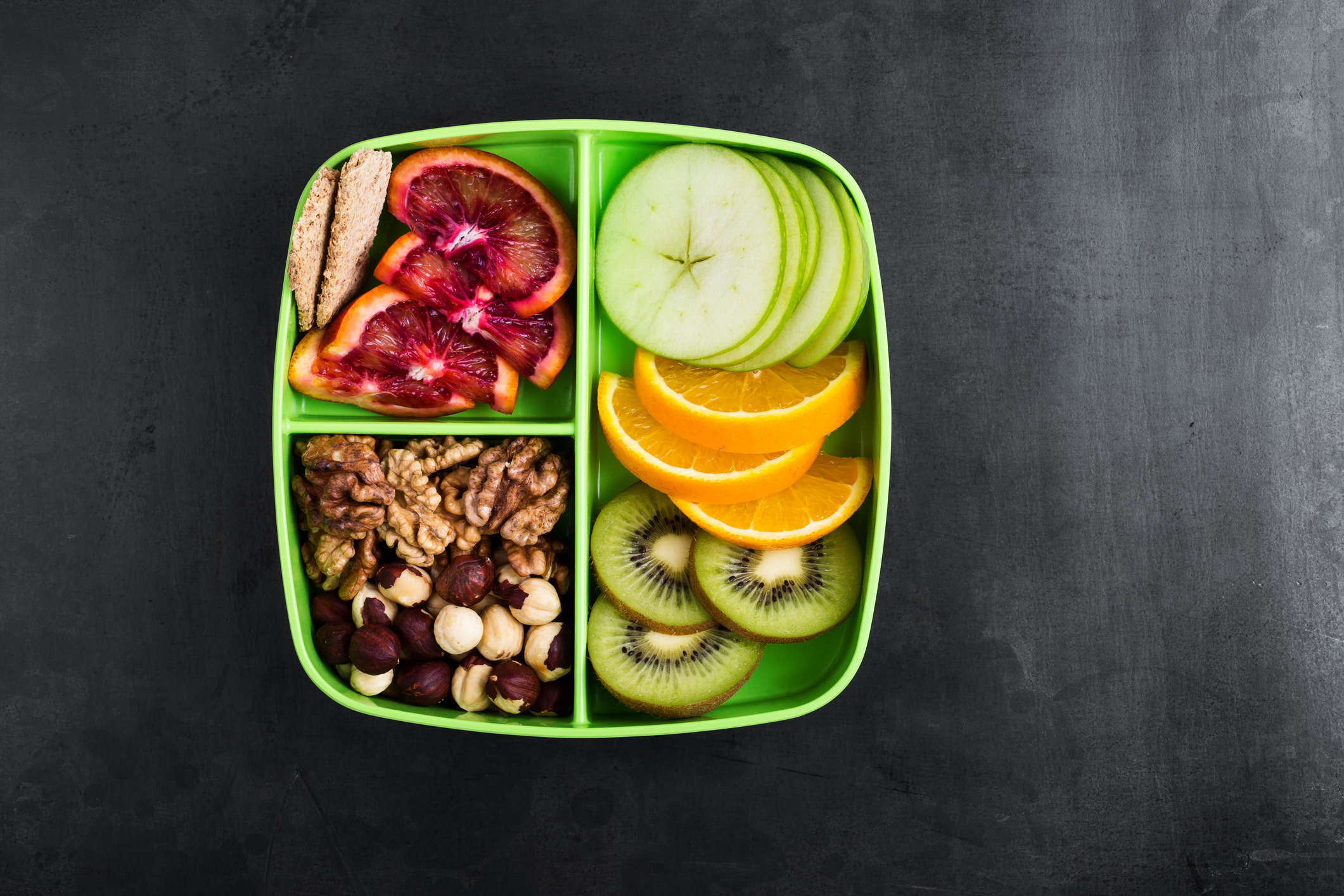
Learn about portion sizes to make your fruit and veg go further
10. Know your portion sizes
We’re not sure there’s ever such a thing as too much fruit and veg, but, If you’re tightening the purse strings and finding that you always run out of the fresh stuff, pay heed to portion sizes – knowing the right amount for the nutritional benefits you need will stretch your food much further.
For example, two satsumas or two kiwis equals one portion of fruit, as do seven cherry tomatoes. Eight florets of broccoli are considered the right size for one of your 5 a day, while you need half an avocado for a full portion.
Read our guide on fruit and vegetable portion sizes to find out more, and measure out your fruit and veg into portion sizes in Tupperware dishes, then you know exactly what to add to your meals to get your quota of daily nutrients.
Related features:
Freezer meals - money-saving recipes
Video of the week

Lara Kilner is a writer and editor with two decades of experience in national newspapers, magazines, and websites. She writes about food, lifestyle, travel, health and wellness, and entertainment, and regularly interviews celebrities and people with interesting life stories and experiences. Her foodie content has included interviews with Jamie Oliver, Rick Stein, Queer Eye’s food expert Antoni Porowski, the Hairy Bikers, Hugh Fearnley Whittingstall, Raymond Blanc, Andi Oliver, Paul Hollywood, Prue Leith, and Nadiya Hussain.